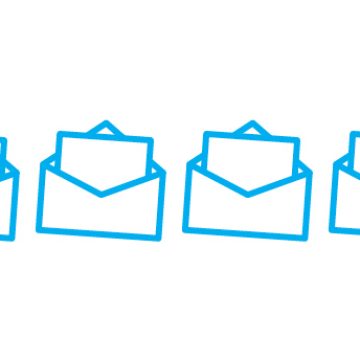In my last column, I tackled a subject lawyers are all too familiar with: email, and when to use it instead of in-person meetings or talking on the phone. Sometimes, I concluded, email is the best choice. And for those times, here are six tips for drafting the “perfect” email. (Shout out to Bindu Cudjoe, the deputy general counsel and chief administrative officer at BMO Financial Group, who helped develop this list.)
1. Be careful about who is in the “to” and “copy” address lines
Most people receive hundreds of emails every day. So try not to unnecessarily load up someone’s inbox. Also, to ensure everyone receives the email, make sure there is no “auto-fill” error.
2. Cater your salutations to the recipient of each email
I use email for all kinds of matters, so I use salutations to convey the level of formality in the communication. I start my informal emails with “Hi” and I sign off with my name or, simply, “Cheers.” For formal emails, to clients and co-workers, I address recipients by their name only. I address them by their first name if I’ve met them before, and “Mr./Ms.” followed by their last name for everyone else. I sign off formal emails with “Regards” or “Best.”
3. Always include your contact information in your e-mail
Quite often, when you send an email, the recipient will want to phone you. Make your phone number east to find. Not doing so is one of Bindu’s pet peeves — and it likely is for several of your clients and co-workers, too.
4. Have a clear, detailed subject line
I typically send and receive a couple hundred emails a day, so clear subject lines help me locate the emails I want when dashing between meetings. In each subject line, I include the name of the matter or file, followed by the specific item or task under discussion. If appropriate, I add what our next step should be. For example, in a transactional context, a good subject would look like: “Acme Inc. Deal – Prospectus – MT Comments.” In litigation, a good subject line would be: “Jane ats Joe – Discoveries – Please Hold Jan 1, 2015.”
5. Put new thoughts in a new e-mail
All good e-mail threads must come to an end and new thoughts require a new thread. This is important for many reasons: it makes it easier to forward emails without the baggage of old threads, and for the litigators in the audience, creating a clean motion record.
6. Make your email easy to read
Consider that most people read emails on mobile devices. Bold, highlight, and underline key passages or phrases to draw the reader to your most salient points.
Do you have any other suggestions for e-mail? If so, please share with me on Twitter at @atrishalewis.
Atrisha Lewis is a third-year associate in McCarthy Tétrault’s litigation group. Follow her on Twitter: @atrishalewis. And also check out all of her past columns.


